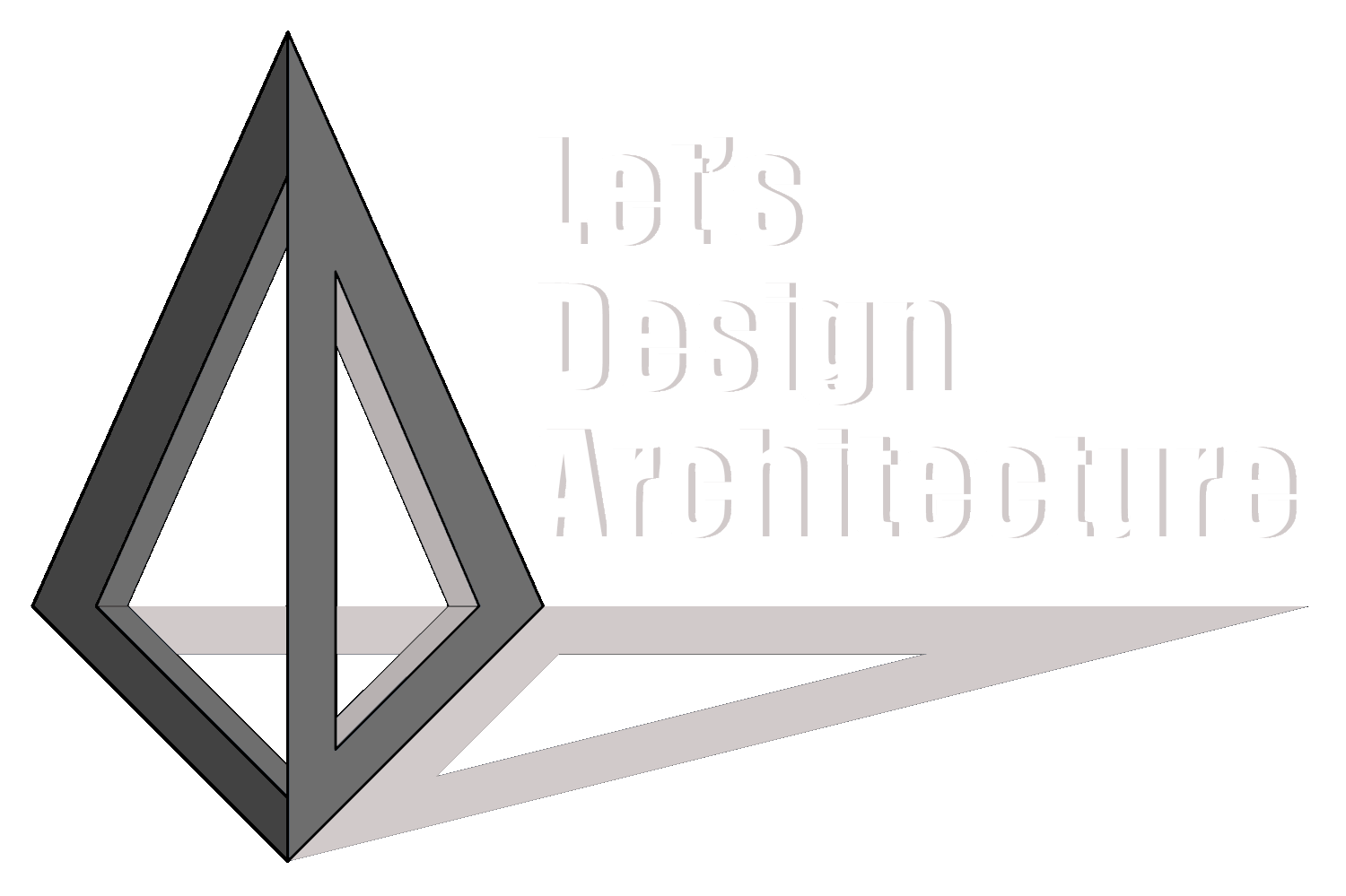
DESIGN BRIEF
I was appointed by a private Client to assist with a specification for remedial works to the existing loft conversion. The original works having been carried out in 1999 were to a poor standard and had not met the requirements of building control.
I assessed the existing roof space and categorised it into three zones, A, B and C. All areas had some mineral wool insulation but it was difficult to determine the amount and when calculating the U-values it was established that there was not enough to meet the required 0.35W/m2.K, which was the requirement at the time.
The other issue was providing sufficient ventilation to allow the insulation to breathe.

FLOOR PLAN - ZONES
Zone A, shown yellow, denotes the ridge. This was inaccessible to survey but my Client confirmed that this area is insulated. However, it is unlikely that this area allows for cross ventilation. This zone will have new ventilated ridge tiles added to ensure that adequate ventilation is achieved.
Zone B, shown blue, denotes the areas of coved ceiling. These were currently filled with mineral wool insulation but to an insufficient depth to achieve the required U-value. The remedial works in this zone requires removing the existing insulation and replacing it with a modern PIR insulation brand, Celotex, which will not only achieve the required U-value with less depth of insulation but this will be installed with a 50mm air gap over, to ensure the ventilation requirements are achieved in this zone.
Zone C is currently a cold zone, with some insulation on the floor and partial polystyrene insulation (50mm depth) to the side walls adjacent the rooms. This is also inadequate. The remedial works in this zone will be to achieve a warm roof scenario, continuing the same level of insulation down from Zone B and repeating this all the way along between the rafters to eaves level.

DETAIL
This detail shows the proposed works in Zones B and C, where there will be 90mm insulation added between the 150mm rafters. This proposal has been accepted by Building Control.

ZONE C
This photograph shows the existing insulation in Zone C which is inadequate to meet the requirements of building control.

ZONES A & B
Zones A and B are currently insulated with mineral wool insulation, with varying thicknesses in different areas.

ZONE B
Another image of Zone B shows that a minimal amount of insulation has been installed in some parts of the roof, proving that the remedial works in this area are required.
Overall the Client is happy with the proposals. It would have been a preferred option not to take off the existing plasterboard and insulation, however this option was not feasible to achieve both the required U-value and the ventilation gap.
Building Control have signed off the report which Let's Design Architecture produced and the project is currently under construction. The Client hopes to achieve a full sign-off later this year.






